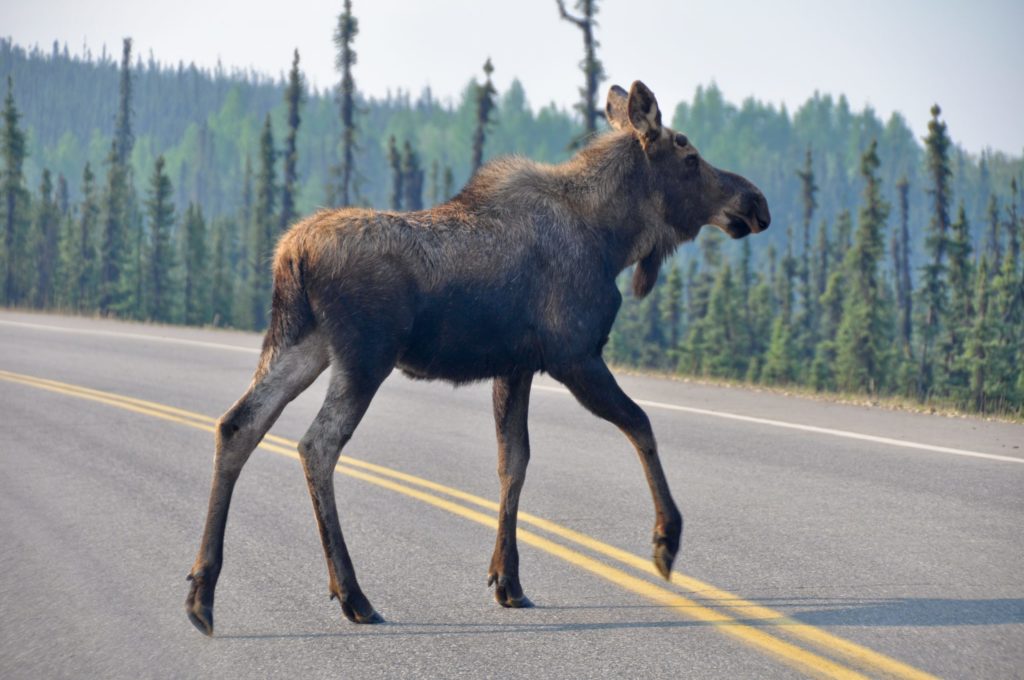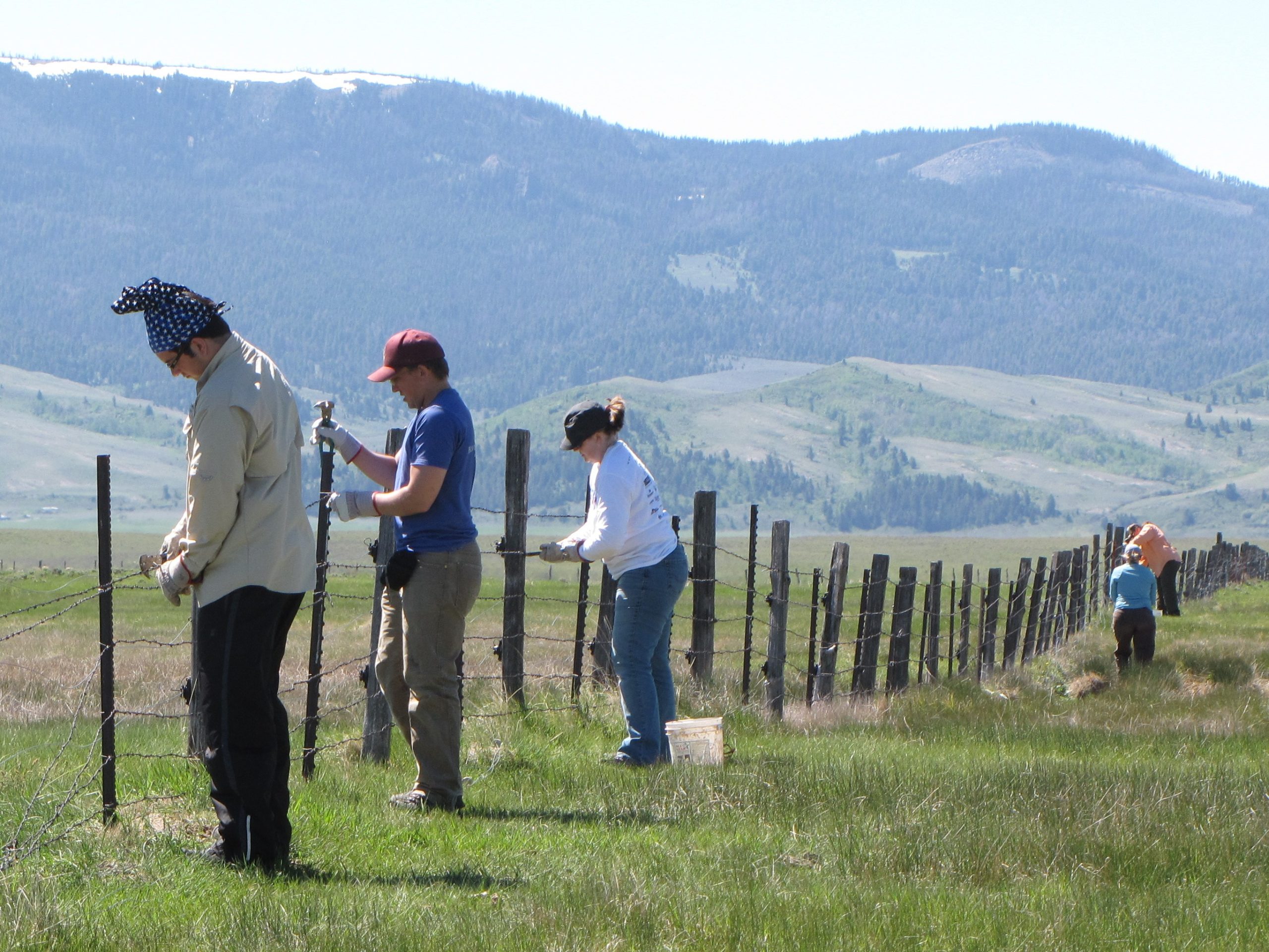As we deal with the economic and health fallout of COVID-19, and look to rebuild our economy and future, the smartest recovery plans will include measures to conserve wildlife habitat connectivity. Projects designed to connect habitat—such as wildlife crossing structures that span roads and highways—not only create healthier and safer landscapes and communities; they also create local jobs, bolster domestic manufacturing, provide a boost to the outdoor recreation industry, and stimulate ecological restoration economies.
What are wildlife corridors?
Wild animals use natural or man-made corridors to move across the landscape to reach food, water, and mates, and move to new areas as the seasons shift. However, increasing habitat fragmentation has put these essential movements at risk.
Habitat fragmentation happens when roads, fences, dams, urban areas, or other aspects of human development encroach on natural habitat or cut off migration routes, leaving animals trapped in small or isolated sections of their natural range. When wildlife populations are left with only islands or patches of habitat set aside in protected areas, such as national parks, they are at a greater risk of starvation, inbreeding, and death.
Habitat connectivity can be maintained or restored in two ways: through protecting natural corridors that occur on the landscape—including historical migration routes—or through building man-made crossings that help reconnect habitat that has been fragmented.
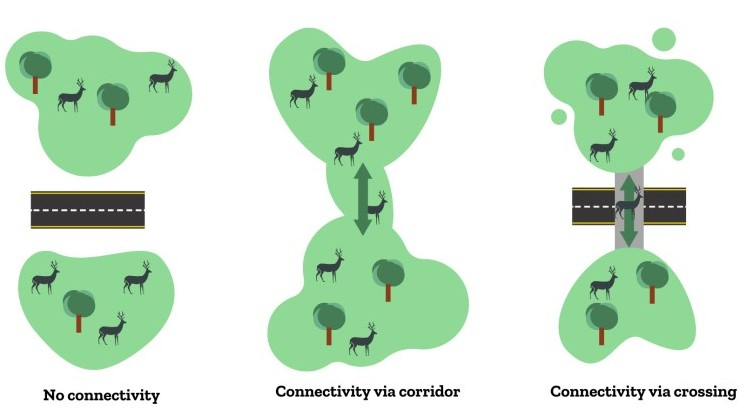
Protecting wildlife corridors protects local economies
While protecting ecosystems and critical habitats, wildlife corridors also present an opportunity to recover and stimulate local economies reeling from the pandemic and last summer’s historic natural disasters.
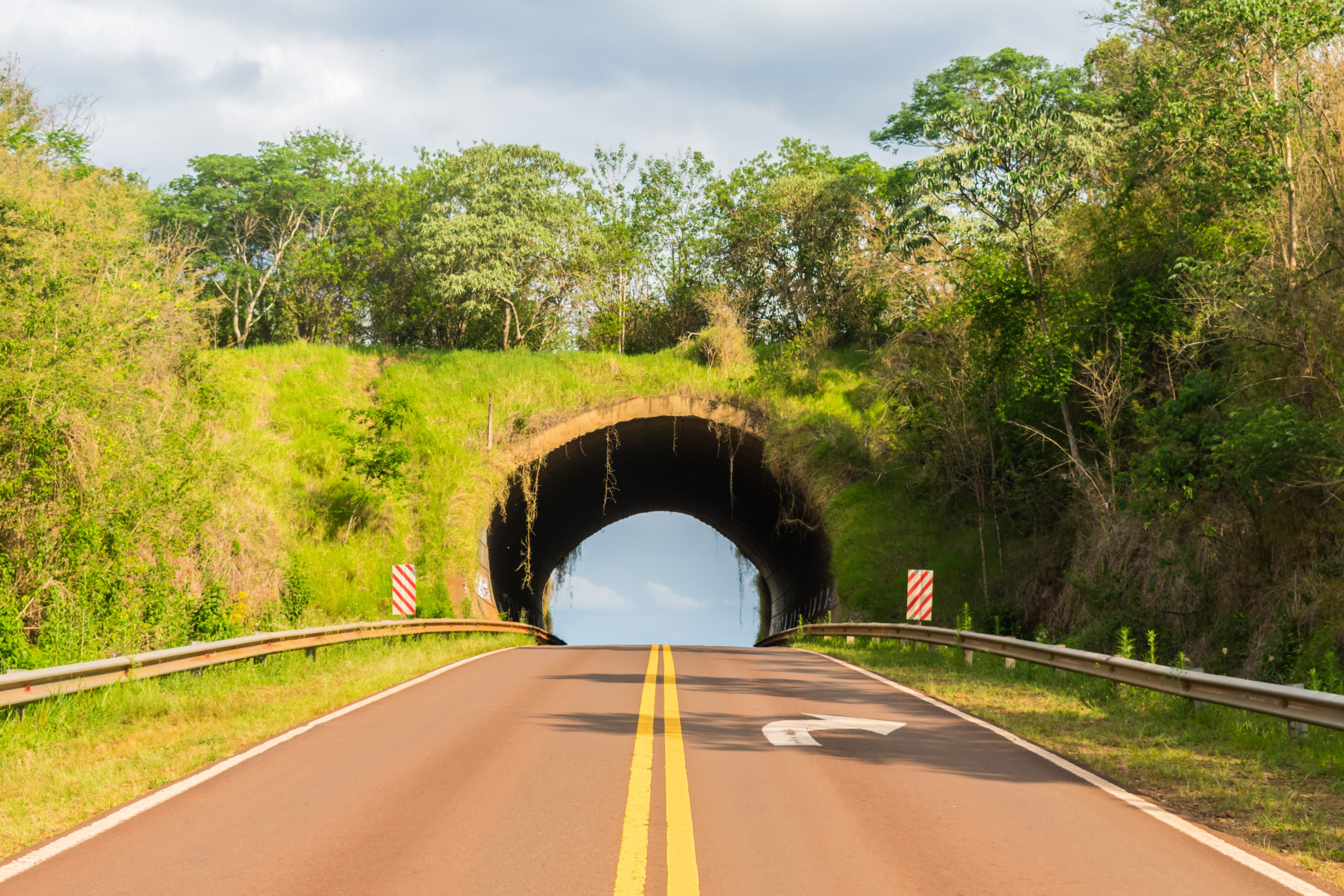
Nationwide, around 104 million Americans (40% of the adult population) participate in wildlife-related recreation such as hunting, fishing, and wildlife-viewing annually—activities that generate nearly $157 billion per year. Outdoor recreation has become a primary driver of many rural economies, particularly in the West. For this reason, 81 percent of Westerners are seriously concerned about loss of habitat for fish and wildlife in their state.
Protecting corridors for wildlife movement also tends to protect corridors for outdoor recreation, including rivers for floating, trails for hiking, and urban greenways for walking and cycling in nature. This adds another layer of economic benefits, with the outdoor recreation economy generating more than $427 billion per year (2.2 percent of the U.S. annual gross domestic product).
New Mexico’s Emerging Economic Engine
Outdoor recreation is one of New Mexico’s fastest growing industries, representing about $2.4 billion in state gross domestic product (GDP) and employing up to 35,000 state residents. With a loss in revenue from restaurants, movie theaters, and live entertainment during the pandemic, outdoor recreation could be instrumental in driving the state’s economic recovery.
Protecting species migration ensures that wildlife populations remain healthy and can continue to sustain rural communities financially, both by generating tourism dollars and keeping food on the table.
Restoring wildlife corridors also directly creates local jobs. Many hands are needed to remove or adapt fences that block wildlife migration, plant native vegetation to restore habitat for migratory pollinators such as butterflies, and remove dams that block fish migration or create fish passage structures.
Creating Jobs & Reconnecting Fragmented Pronghorn Habitat in Montana
The Nature Conservancy, the National Wildlife Federation, and willing private landowners teamed up in 2020 to address barriers to wildlife movement in the High Divide ecosystem of western Montana. The project’s scientists used innovative mapping techniques to identify the locations of fences that pose major hurdles for pronghorn attempting to migrate to suitable habitat as the seasons change. With financial assistance from the National Fish and Wildlife Foundation, the project partners hired local contractors, assisted by youth work crews, to replace woven-wire and barbed-wire fence segments with a wildlife-friendly alternative. The project successfully enhanced habitat connectivity while employing skilled laborers and youth during an economic recession.
Building wildlife crossing structures saves lives while stimulating economies
The presence or absence of wildlife connectivity affects local economies in another critical way: the cost of wildlife-vehicle collisions caused by animals attempting to cross roads to reach important habitat. Where wildlife corridors intersect roads, costly and sometimes deadly conflicts occur.

Tragically, the 1-2 million wildlife-vehicle collisions Americans experience each year cost us at least $8.4 billion, cause over 26,000 human injuries, and cause 200 human deaths. At a time when local and state budgets and health care systems are more strained than ever, wildlife corridor projects present an opportunity for governments and taxpayers to save costs while saving lives.
Fortunately, wildlife and transportation agencies, as well as conservation organizations and engineering firms, have developed solutions that can dramatically reduce these accidents. Underpasses, overpasses, culverts, animal detection systems, and crosswalks can all help wildlife avoid traffic. Wildlife crossing structures with the appropriate fencing are the most effective strategy, with the potential to eliminate at least 89% of wildlife-vehicle collisions.
These infrastructure projects pay for themselves in just a few years on roadway segments with as few as 1-5 motorist crashes per year with animals like deer, elk, and moose. Moreover, sustained infrastructure spending can produce economy-wide returns of close to $3 per every $1 invested over a 10- to 15-year recovery period.
Trapper’s Point Crossings: Improving Motorist & Wildlife Safety in Wyoming
In 2012, the Wyoming Department of Transportation completed construction of wildlife crossing infrastructure on Highway 191 outside of Pinedale, Wyoming. The project consisted of two overpasses, six underpasses, and wildlife exclusion fencing along a 12-mile stretch of the highway. The location had been a wildlife-vehicle collision hotspot for pronghorn and mule deer, with those collisions costing an estimated $500,000 each year. Three years after construction, the number of wildlife-vehicle collisions dropped by 81%, and pronghorn-vehicle collisions were completely eliminated. The state estimates that the crossings, which are now used by more than 5,000 pronghorn and mule deer annually, will pay for themselves in about 17 years, 50+ years before their estimated 75-year lifespan.
Additionally, an Economic Policy Institute study found that each $100 billion in infrastructure spending will create about 1 million full-time jobs. Many “shovel-ready” projects are located in municipalities with per capita income far below the national average. The workforce in these communities would greatly benefit from associated infrastructure employment, as this type of construction job frequently pays higher wages than the national median.
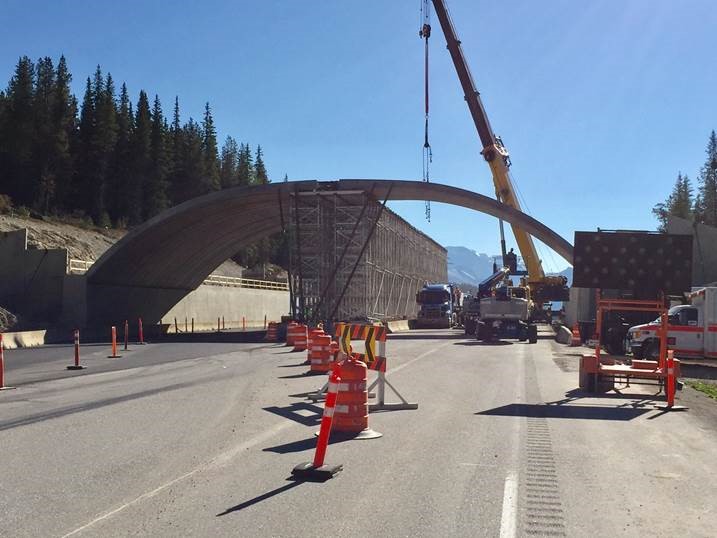
Congress has already recognized that funding transportation projects aimed at reducing wildlife-vehicle collisions is a wise investment. Bipartisan transportation legislation introduced during the last federal legislative session proposed to dedicate hundreds of millions of dollars for states to build wildlife crossing structures and undertake other measures to mitigate the impacts of infrastructure on wildlife. This legislation passed in the House of Representatives (H.R. 2) and passed out of the Senate Committee on Environment and Public Works (S. 2302). Now that the new (2021-2022) session has begun, Congress is picking these efforts back up and is again considering including funding for wildlife mitigation measures in the forthcoming transportation package.
Such measures would not only improve our transportation system, but also stimulate the economy. Building wildlife crossing structures would stimulate a broad array of industries, and the materials needed to build wildlife crossing structures—such as timber, metals, cement, and gravel—can all be sourced domestically.
Overall, investing in wildlife corridor projects would save billions of taxpayer dollars and would save the lives of hundreds of people and millions of animals. Ultimately, securing safe human and wildlife passage is a critical component of a smart economic stimulus strategy, providing employment opportunities while improving the quality of life for communities hard hit by the economic recession and natural disasters.
For more information, contact Anna Wearn, Director of Government Affairs, at anna@largelandscapes.org
Learn more about our Corridors & Crossings Program
